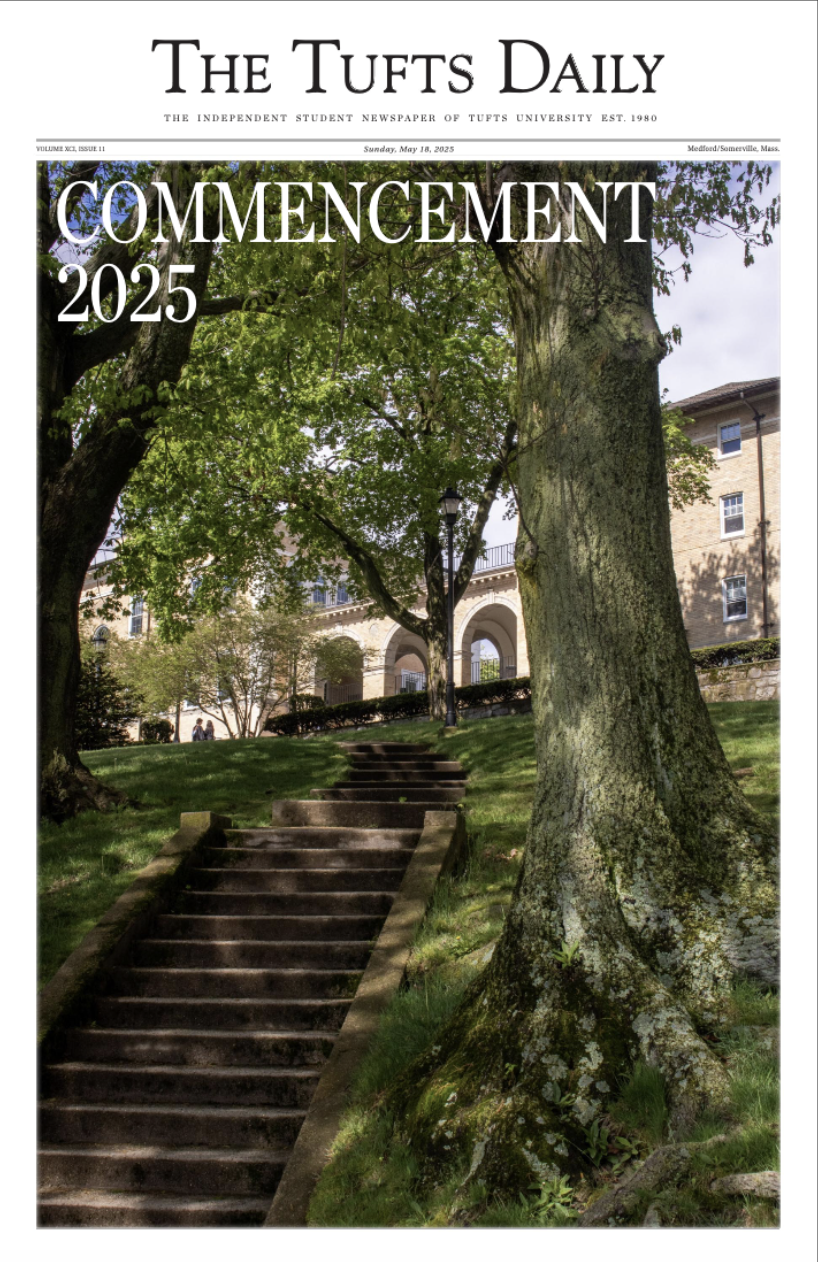Last weekend was the second weekend I spent in Rabat since the beginning of the semester.
My host mom decided to commemorate the special occasion by having a quintessential Moroccan Saturday: We went first to the Souk Sebt, a massive flea market about an hour away from Rabat; then we went to a traditional Moroccan hammam, a communal bathhouse prominent in the Muslim world; then, of course, we had an enormous Moroccan dinner.
It was a great day, but what stuck with me most, and what was probably the most culture shock I’ve felt since I’ve been abroad, was the Moroccan hammam.
What I knew about the hammam before going was merely theoretical: There are separate hammams for men and women; it consists of three rooms, each with a higher temperature than the one before; and Moroccans usually go around once a week.
But actually going to the hammam was a completely different experience.
When we arrived, my host mom immediately took off all her clothes and then motioned for my roommate and I to do the same. We followed. She then took us to the room with middle-level heat, which she said was her favorite. The room was like one massive shower. It was steamy, like a sauna, but more humid. The floor and walls were covered in tile, faucets lined the walls and there were a bunch of drains on the floor. Each woman in the room had their own mat and a few buckets filled with water, which they were pouring over their heads as they chatted with one another.
It took my eyes a second to process the novelty of this setting.
We followed our host mom’s lead as she laid out her mat and filled a few buckets with water. She gave us a natural henna scrub and told us to put it all over our bodies. She said it was a natural exfoliant. Then, without any warning, two women came up to my roommate and I and began vigorously scrubbing our bodies with exfoliating gloves, or Kessas. My body immediately tensed up. But as I looked around I began to realize that the situation — a room full of women aggressively washing each other as they talk and laugh — was almost natural. I felt a kind of camaraderie with the other women in the room.
As we were getting ready to leave, my host mom ran into one of her friends and talked to her for a while. I had never seen my host mom so comfortable. She had chatted with every woman we encountered, the ones she previously knew and the ones she didn’t.
When we got home she told us that when she was growing up, the women’s hammam was like a community center. Women would stay for hours at a time, relaxing, bathing, drinking tea and even sharing meals together. Although hammams are no longer the haven they used to be, they remain a safe space for women in the community.
Since I arrived in Morocco I noticed women seem a lot closer to one another than in the U.S. There seems to be less implicit competition between women and more of a sense of unity, comfort and mutual acceptance.
Though it might not be the only reason, I do think that the culture of going to the hammam instills a strong sense of community amongst women; to be in such a vulnerable position around one another not only builds trust but also a kind of solidarity that can only be described as sisterhood.
I think a similar sense of community amongst women is starting to form in the US, but there is still a way to go. We must look to Morocco, and the hammam culture, as a model for a strong female community.
Happy International Women’s Day! ’Til next rumination.






